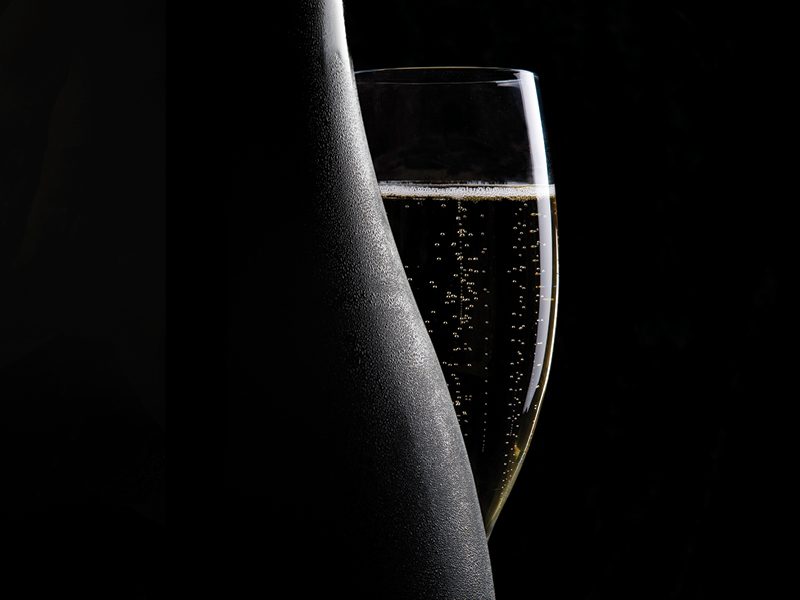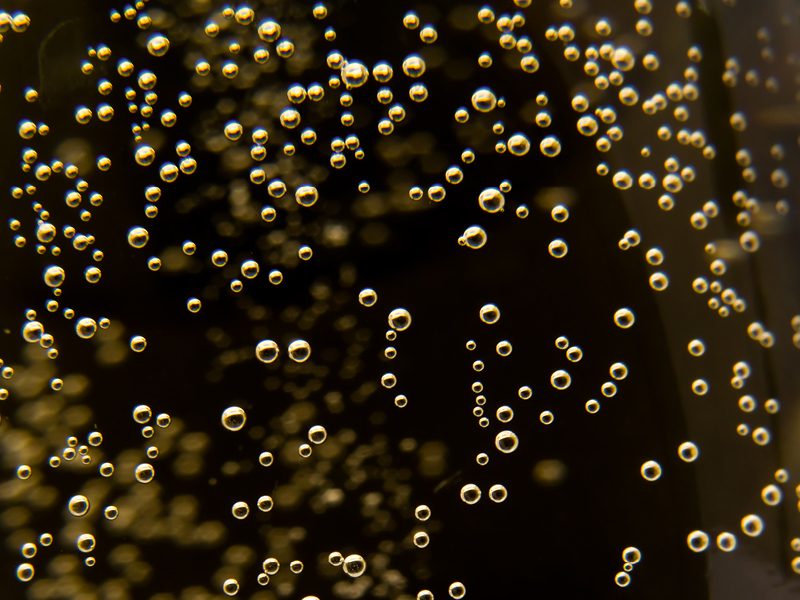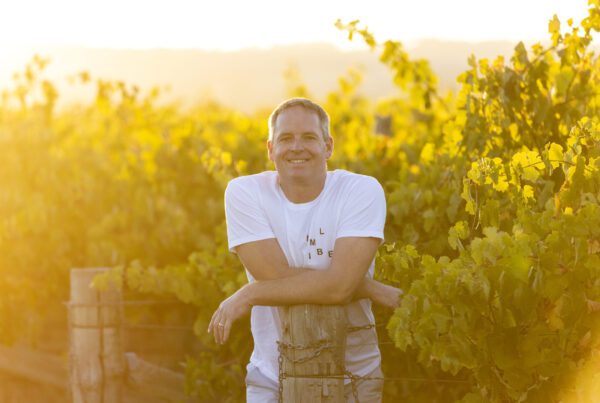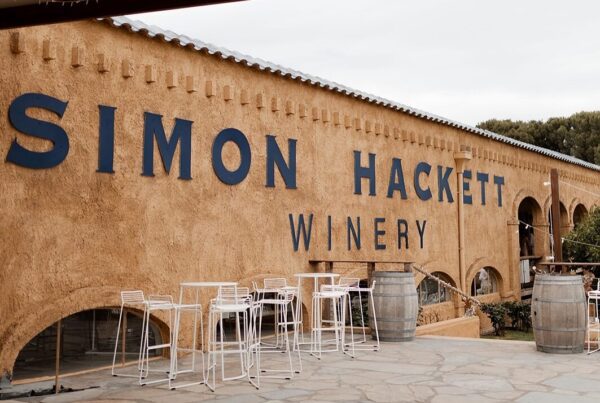
In a cold climate, amid political turmoil, optimistic pioneers are creating a new sparkling wine category.
Us British have a long and colourful history of making things difficult for ourselves. As a nation, we tend to remember and celebrate those who have triumphed against long odds, or those who, through their (often spectacular) failures, have left a strong legacy. For the former, think engineers like Isambard Kingdom Brunel, politicians like Churchill, and sportsmen like Sir Steve Redgrave; for the latter, Antarctic explorer Ernest Shackleton and scientist Colin Pillinger (whose low-budget Beagle 2 robot lander came agonisingly close to being a successful Mars explorer).
The environment for such against-all-odds behaviour has arguably never been more fertile. As I write, my country is still trying to work out if the recent election has yielded a functioning government, and whether such a government will have a prayer of getting a workable deal in the forthcoming negotiations for Britain’s exit from the EU.
Amid such turmoil, you would be amazed to find anyone with optimism. But look no further than the UK’s wine industry. Within the past six months, various high-profile investments, acquisitions and new plantings have been announced, all in the Kent-Sussex-Hampshire belt in the south of England, all focused on growing the grape varieties of Champagne to make English sparkling wine. Champagne houses such as Pommery and Taittinger have invested; so have high-profile entrepreneurs such as Lord Ashcroft (founder of security firm ADT) and Mark Dixon (who brought the world Regus serviced offices).
One can respect – indeed admire – political or economic contrarianism, particularly from seasoned entrepreneurs. However, politics is not the only problem dogging the English sparkling wine industry. Whatever the history of winemaking in Britain (dating back, it is said, to Roman times), the combination of highly variable weather, late frosts, brisk (occasionally blasting) south-westerly winds and, above all, the distinct lack of consistent Mediterranean or Continental warmth during the ripening months of summer, makes the business of wine more risky than in, say, southern France.
“This is one of the most difficult places in the world to make wine,” says Dr Richard Smart, the scientist and agronomist originally from Australia and now resident in Cornwall. “The only place I can think of that’s harder is Sweden”.
‘So what?’ say its promoters. In recent years, the result of hard work and the occasional good harvest has been a remarkably high quality of English sparkling wines, the de facto flagship of the English wine industry (yes, we produce some good still wine too, but it remains something of an acquired taste, and also quite expensive). With the obligatory nod to producers in counties such as Dorset, Devon and Cornwall, whose products have been performing well, most of the prize-winning and commercially viable output of sparkling wine has emanated from the arc of hilly, well-drained, and relatively dry and (for England) warm counties of Hampshire, Surrey, Sussex and Kent.
The long-term prospects for English sparkling look positive, if – inevitably, given the vagaries of climate – with a strong degree of uncertainty attached. Even with a boost from climate change, temperatures will remain probably a degree or two on average below the acceptable level for sugar-ripening, but winemakers are learning how to make the most of what they have, from crafty trellising and cover crop solutions to canny tricks in the winery, to get around this issue.

Perhaps a bigger question mark hangs over the business model for English sparkling wine. Lots of vines are going in the ground this year (one million, according to English Wine Producers, the trade association representing the biggest players), and a lot more are planned for the next five years. Wine Intelligence is predicting the total hectarage under vine to rise from a very modest 2000 ha to a marginally less modest 3000 ha by 2021 (about where the Yarra Valley is now) and possibly close to 5000 ha by the middle of the next century, or just under half the planted area of Barossa.
Each new planting brings the prospect of increased scale and, over time, reduced costs, which are currently startlingly high by normal winegrowing standards. There’s also an acute shortage of winemaking capacity, which is being held back by the usual inertia of Britain’s fearsome planning regulations. According to Stephen Skelton MW, one of the leading viticulturists working in the UK, a bottle of English sparkling made today will contain about £2 of grapes, around £4.50 of winemaking, dry goods and storage costs, £2.77 of excise duty (if sold in the UK), so will break even at around £10 a bottle for the producer. Little wonder that English sparkling pricing in both off and on-trade currently mirrors that of Champagne – retailers can’t sell it for much less than £20.
The growth in production and sales is frustratingly slow because of the length of time (five-plus years) needed for new vines to reach full production, before one deals with the uncertainties of the growing season – or, more seriously, if that vine has been planted in the wrong place, permanently curtailing its chances of producing high-quality grapes in decent quantities. In the English wine industry, harvests of five tonnes of grapes per hectare is good going – the national average since 2001 in the UK has been three tonnes/ha, and some fields (windy, high, facing north) often have to make do with less than one tonne/ha.
Then there is consumer demand. Right now, English sparkling is riding a near-perfect wave of critical adulation, consumer curiosity and trade enthusiasm (partly driven by the decent margins available for selling it in specialty retail and the on-trade). Over the next five years, supply should increase by about 50 percent, assuming no major growing season disasters, to around 4.5 million bottles, according to Wine Intelligence estimates based on the vineyard growth forecasts published by Stephen Skelton MW. At this level, and with most product more than £20 a bottle retail, the English sparkling community will be facing off directly against Champagne, which currently sells 32 million bottles in the UK and produces 300+ million bottles a year.
Will the honeymoon for English sparkling last? Will there be export markets, post-Brexit, willing to take on a new luxury sparkling product to displace the traditional Champagne or local high-end sparkling? Early signs are that markets are interested – even Australia – and listings are popping up in some of the more avant-garde restaurants in New York, Hong Kong and Tokyo. Perhaps a more pertinent issue: even with all the recent interest and investment, there may not be sufficient capacity in the system (grapes, winemaking facilities, human talent) to defend this position. The emerging success of English sparkling is bringing be-careful-what-you-wish-for challenges: unlike some regions of the world that can produce grapes by the millions of tonnes and then struggle to sell the wine they make, the English sparkling industry will have to manage a growing demand over the next few years while working more prosaic agricultural matters: how to get yields up and costs down.
Richard Halstead is CEO of Wine Intelligence. This article first appeared in the July-August edition of WBM – Australia’s Wine Business Magazine.













Recent Comments